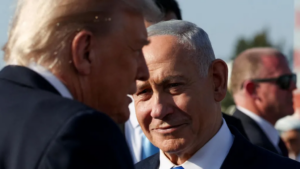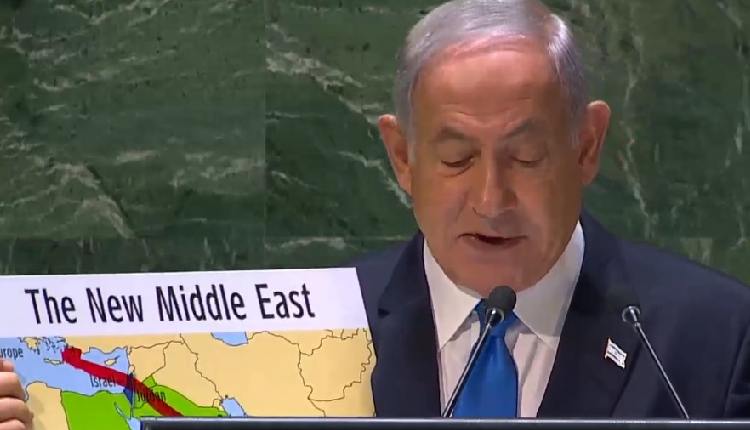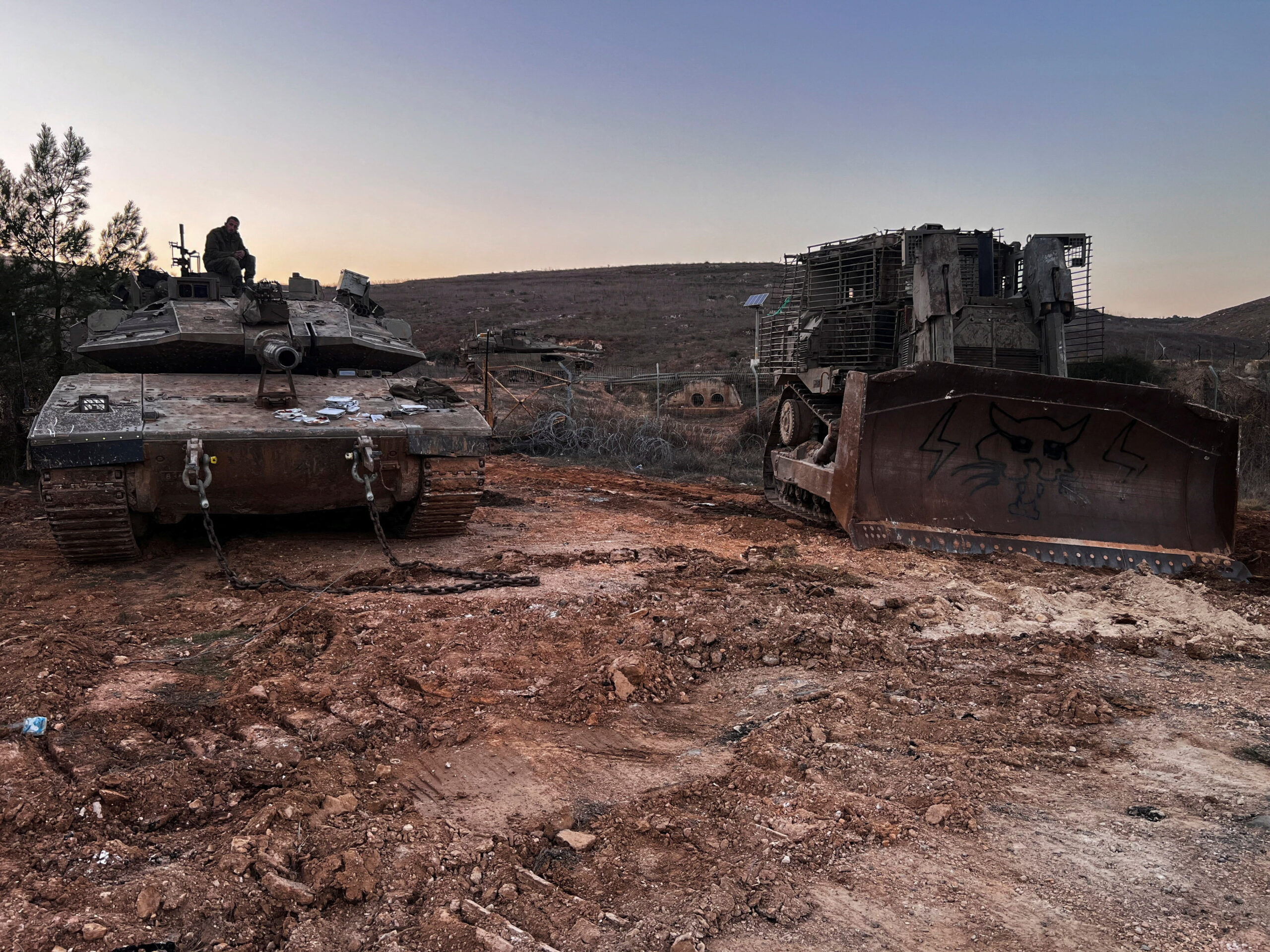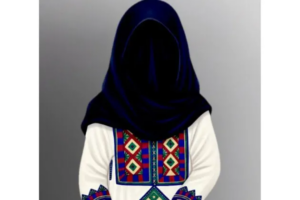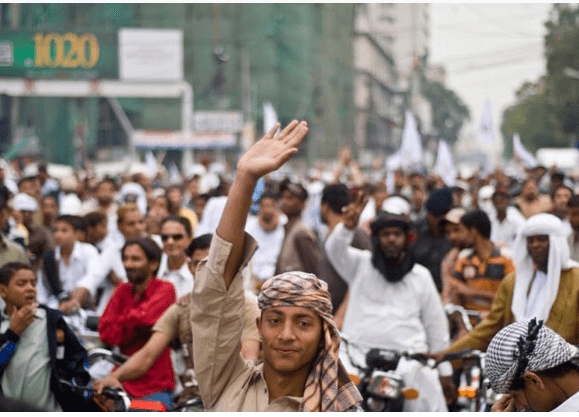
In recent years, something quite remarkable has been happening in Balochistan. Something that has neither been reported enough because the province is a media and information blackhole, nor paid enough attention to because it involves people who have never been a priority for countries that tout the virtues of democracy, human rights, rule of law and other such highfalutin jargon. The Baloch nation, long suppressed, repressed, and oppressed is awakening; a very traditional, conservative, orthodox, and tribal society and culture which is both tolerant and secular is being galvanised into standing up for its basic political and human rights by young women; a fractious polity is, perhaps for the first time, uniting under a common umbrella. The mighty Pakistan Army and its collaborators are at their wit’s end on how to handle this people’s movement in Balochistan. The poet Habib Jalib’s words “darte hain bandookon wale ek nihatti ladki se (the men with guns are terrified of an unarmed young girl) which was used to great effect to shame the Tehrik-e-Taliban Pakistan after the attack on Malala Yousafzai, applies even more to Balochistan where the articulate, feisty, and indefatigable Dr Mahrang Baloch has become the face of the Baloch awakening.
Balochistan has been in the throes of its fifth insurgency since it was forcibly annexed by Pakistan in 1948. The latest insurgency began around 2000-01 when militants started targeting Pakistan Army’s Quetta Cantonment from the nearby hills. But a full-blown insurgency broke out in 2006 after the Pakistan Army killed the venerable Baloch tribal chief Nawab Akbar Bugti. Since then the insurgency has ebbed and flowed, hundreds of people have been killed, and many more have been brutalised, tortured, and subjected to enforced disappearances. But far from snuffing out the Baloch resistance, the heavy-handed tactics and brute force used by the Pakistan Army (including the use of state-sponsored death squads) have only fueled the resentment and resolve of the Baloch. In fact, many of the leaders spearheading the people’s movement in Balochistan, including Mahrang Baloch, are the progeny of Baloch freedom fighters who were either killed by the Pakistani state or went ‘missing’. They are victims who are resisting the onslaught of a state running rampant.
Since around 2021-22, the movement in Balochistan has shifted gears. The militant and the political movements have moved in tandem, both gaining great traction. The ferocity and magnitude of the militant movement have increased quite significantly, as has the audacity of attacks against the Pakistani state. Apart from the ambushes and IED blasts, the militants have stormed military outposts, cantonments, and even a naval air base. There has also been the use of suicide attacks, including by women suicide bombers who were highly educated. According to sources in Balochistan, the Baloch fighters are well-equipped and well-trained. Their footprint and influence have expanded enormously and there are areas that the Pakistan Army is reluctant to venture into. The militants use the terrain to their advantage and the support they have from the people is a force multiplier. The Pakistan Army’s brutal crackdowns are only adding to the support base of the militants and some of their leaders like Dr Allah Nazar Baloch have become living legends.
Parallelly, the political movement has also gained enormous mass support. Although, Baloch activists like Mama Qadeer have embarked on long marches’ in the past—these were not the usual Punjabi-style long marches from Rawalpindi to Islamabad or from Lahore to Islamabad and that too in the comfort of Land Cruisers and other fancy SUVs—they were not able to capture the imagination of the Baloch people like Mahrang Baloch and the Baloch Yakjehti Committee (BYC) have been able to do.
They burst onto the scene in late 2023 when a big protest against the extra-judicial killing of a young Baloch activist transformed into a long march to Islamabad. All along their way to Pakistan’s capital, the marchers were harassed, arrested, and obstructed by the Pakistani state. Pakistani mainstream media published scurrilous stories against the organisers, but nothing deterred them. In Islamabad, they were denied even basic facilities for their sit-in. Attempts were made to intimidate them using hired goons for a counter-protest, and by filing sedition cases against them. By the time the sit-in ended and the marchers returned to Balochistan, Mahrang Baloch had become a hero, a virtual legend, so big that even the Pakistani state found it difficult to eliminate her physically. Worse, all the attempts of the Pakistan military establishment to destroy the reputation of the women leading the Baloch nation have fallen flat and found no takers.
In June, the BYC finally decided to organise a ‘Baloch Raaji Muchi’ (Baloch National Gathering) of people from across the province at Gwadar to protest against the denial of basic political, civil, and even human rights. More importantly, it was an effort to unite all Baloch for a common cause. It led to the mobilisation of people at a scale not seen in Balochistan. Despite all kinds of obstacles, people braved the adversity and defied the brute force to try and reach Gwadar, a port city which in many ways is the symbol of the exploitation and oppression of the Baloch people. It is a city where the Chinese call the shots and which is seen as the 21st-century equivalent of the ‘factories’ that European colonisers established in the 17th century. The National Gathering found so much resonance that people who couldn’t go to Gwadar organised impressive protests in their own cities and towns. A nonplussed Pakistani state and its local collaborators like Chief Minister Sarfraz Bugti were taken aback by the kind of response that the National Gathering got.
The Baloch Raaji Muchi, in many ways, signals the unravelling of all the tactics of the Pakistani state to divide and rule Balochistan. Cutting across regional lines and tribal divides, even political affiliations, the Baloch appeared to come together for the cause of the Baloch nation. The political entrepreneurs like the Bugti, or former chairman Senate Sadiq Sanjrani, who have been nurtured, sponsored, and financed by the Pakistani state cut very sorry figures, and their lack of connection with the people was glaring. Even the established politicos and tribal chiefs have been reduced to complete irrelevance. They are now finding themselves forced to side with the BYC and Mahrang Baloch to retain some relevance among the Baloch populace. Leaders like Jamaat Islami’s Maulana Hidayat ur Rahman who had led the successful Haq Do Tehreek in Gwadar found themselves compelled by the violence to cut their links with the government in Balochistan and side with the National Gathering. After the gathering was shifted to Turbat, Mahrang Baloch and her colleagues got an electrifying welcome with slogans against the Pakistan Army renting the air.
That the women and the young activists of Balochistan have shaken the Pakistani state and stirred into action the Baloch nation is undeniable. The mighty Pakistan Army has been reduced to the military’s chief spokesman to say that the “Baloch Yakjehti Committee being a proxy for terrorists and criminal mafias”. This is ironic because it is in fact the Pakistan Army that is accused by the Baloch of running extortion and protection rackets, patronising human and narcotics smuggling networks, and profiting from the oil smuggled in from Iran which isn’t possible without official complicity. In any case, the military’s narrative has zero impact on the BYC which has managed to do what many earlier movements failed.
The BYC has thrown up a new leadership from the Baloch middle class. The tribal leaders no longer call the shots. The new leaders are educated, committed, articulate, and know the idiom of resistance and mobilisation which they communicate effectively not just within Balochistan but also to the rest of the world. They make excellent use of modern communication tools to get their message to the people and the world, circumventing all the media clampdowns and internet blockages. Most importantly, the Baloch activists have agitated and connected with their target audience on political, constitutional, and economic issues, and not through militant activity or open advocacy of violence or even separatism. Given that the lived experience of the Baloch is at complete variance from the patronising propaganda claims of the Pakistani state and its henchmen, it has no takers. The Pakistani state is left with no feet to stand on when it is accused of violating and denying rights that are enshrined in the constitution; it is charged with breaking the law by indulging in extra-judicial killings and enforced disappearances of political activists, including those of students in universities in Punjab and Sindh; it is indicted for blatantly stealing elections and installing puppets through political engineering. Simply put, the tyranny of the Pakistani establishment has accorded the Baloch activists with a higher moral ground which they have used to great effect.
Aside from political smarts, the fact that Baloch women are taking the lead is nothing short of a revolution, not just in Balochistan where women never had much of a role in public life, but also in Pakistan where even reserved seats for women are mostly farmed out on nepotistic grounds. The fact that the BYC has managed to hold a National Gathering is yet another remarkable achievement. For long, there has been a debate in Balochistan about the need for a single national party that leads the liberation struggle. This has always eluded the Baloch because of the fractious nature of society, the fragile egos of traditional leaders, the tribal divisions and state intervention. The BYC and Mahrang Baloch have in a sense achieved the impossible. Equally remarkable is the fact that there is no tussle for positions or attempt to monopolise power in one person. The BYC has created a pretty strong second line of leadership, made up of both men and women like Sammi Deen Baloch.
The Baloch nationalists have made great strides in recent years. But it still has a long way to go, not just in trying to forge and cement the National Gathering into a solid and organised national movement but also in garnering international political, diplomatic, and moral support for their demands. They will also have to brace themselves for a massive counter-attack from the Punjab-dominated Pakistani establishment and ‘deep state’. An epic struggle for the right to self-determination is underway in Balochistan and the world needs to pay far more attention to what is happening in that most critical geostrategic geography.


